Connecting Science Communication Research with Action
Below is a curated selection of features from the field of science communication written by collaborators.
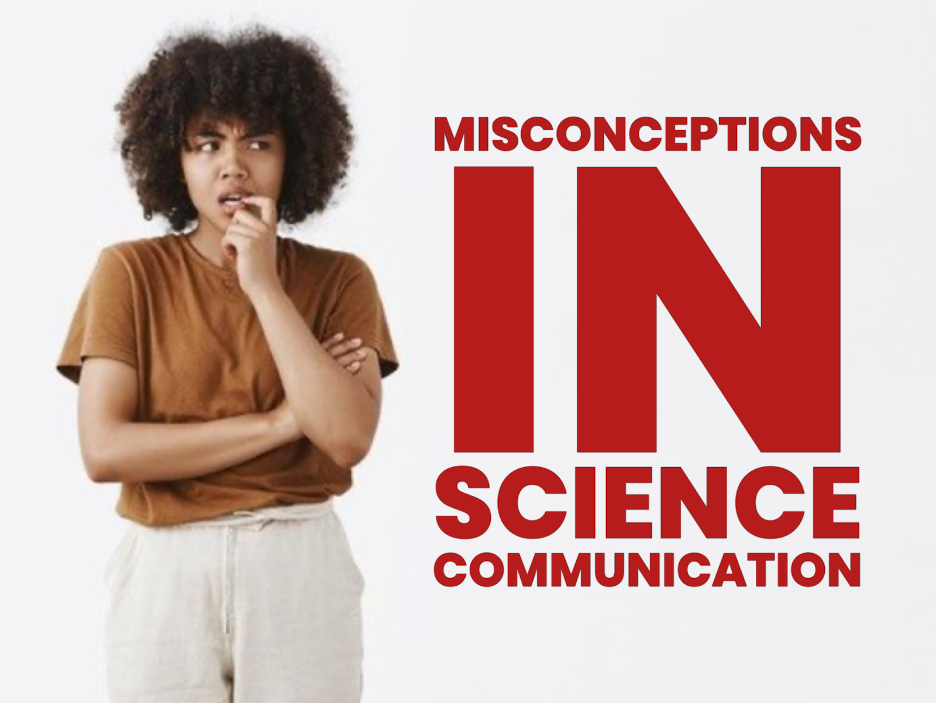
Misconceptions in Science Communication
Misconceptions in scicomm can run the gamut, from failing to understand the value of an audience-specific message to relying too heavily on facts and statistics to get a point across.
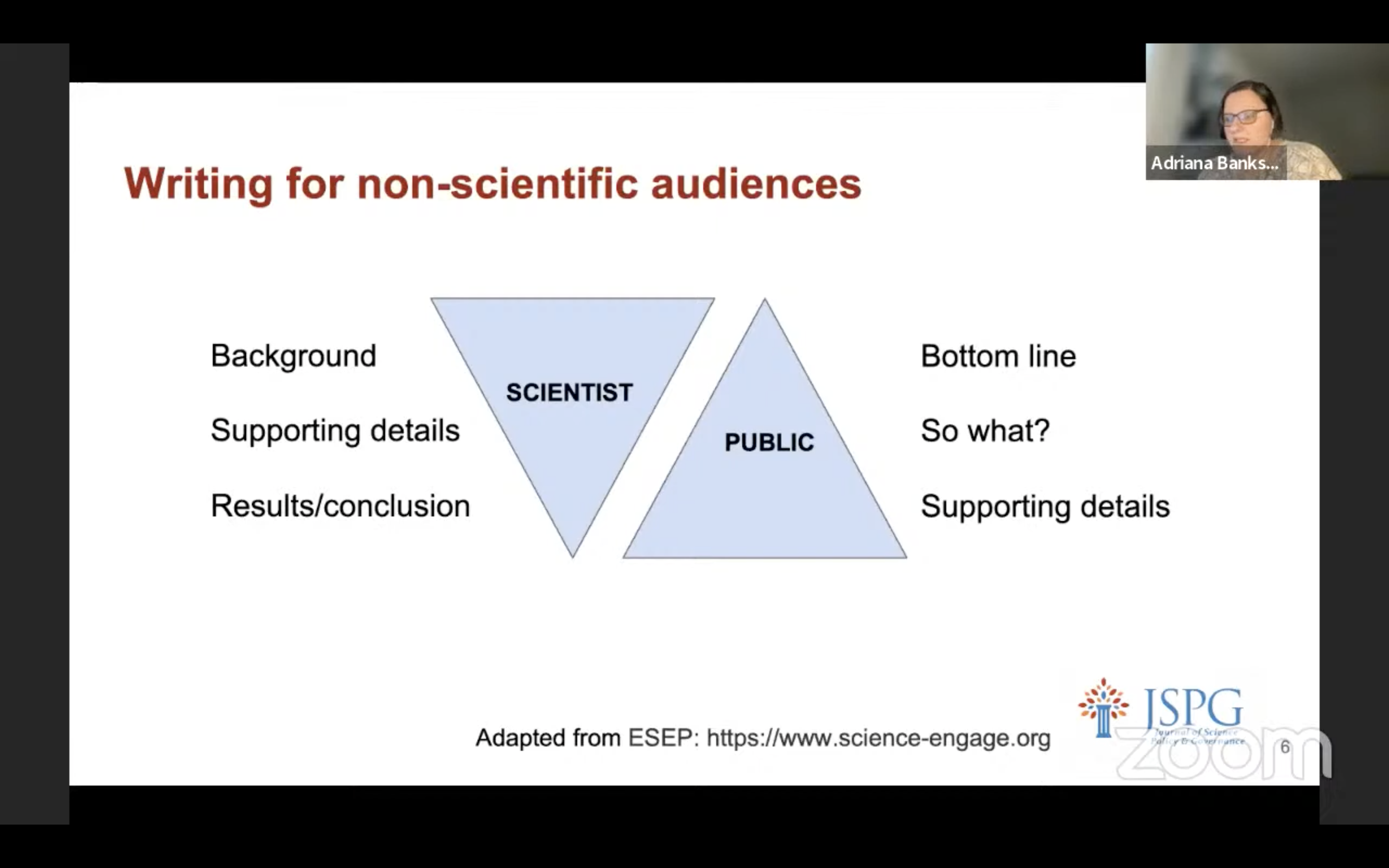
Impactful Science Policy Writing
Scientists and other researchers have knowledge and information that could be useful to policymakers, and to their constituents. But working with policymakers - building trust, and finding opportunities for collaboration and discussion - requires...

Foundational Skills for Science Communication
Over the past several years, these authors have worked to collect and categorize the skills and content knowledge underlying effective science communication. Their goal was to present our view of these key skills that apply regardless of audience...
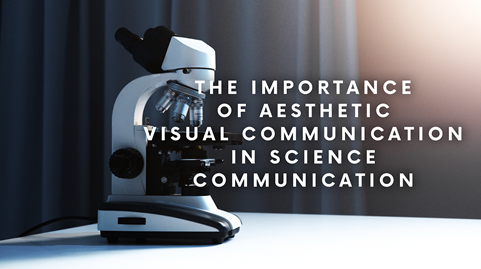
Aesthetic Communication In SciComm
Science communication is important and requires new methods and approaches in a society that is being rapidly overtaken by social media and consumerism. One key way to make science stand out in a sea of content is to adapt aesthetic design principles...
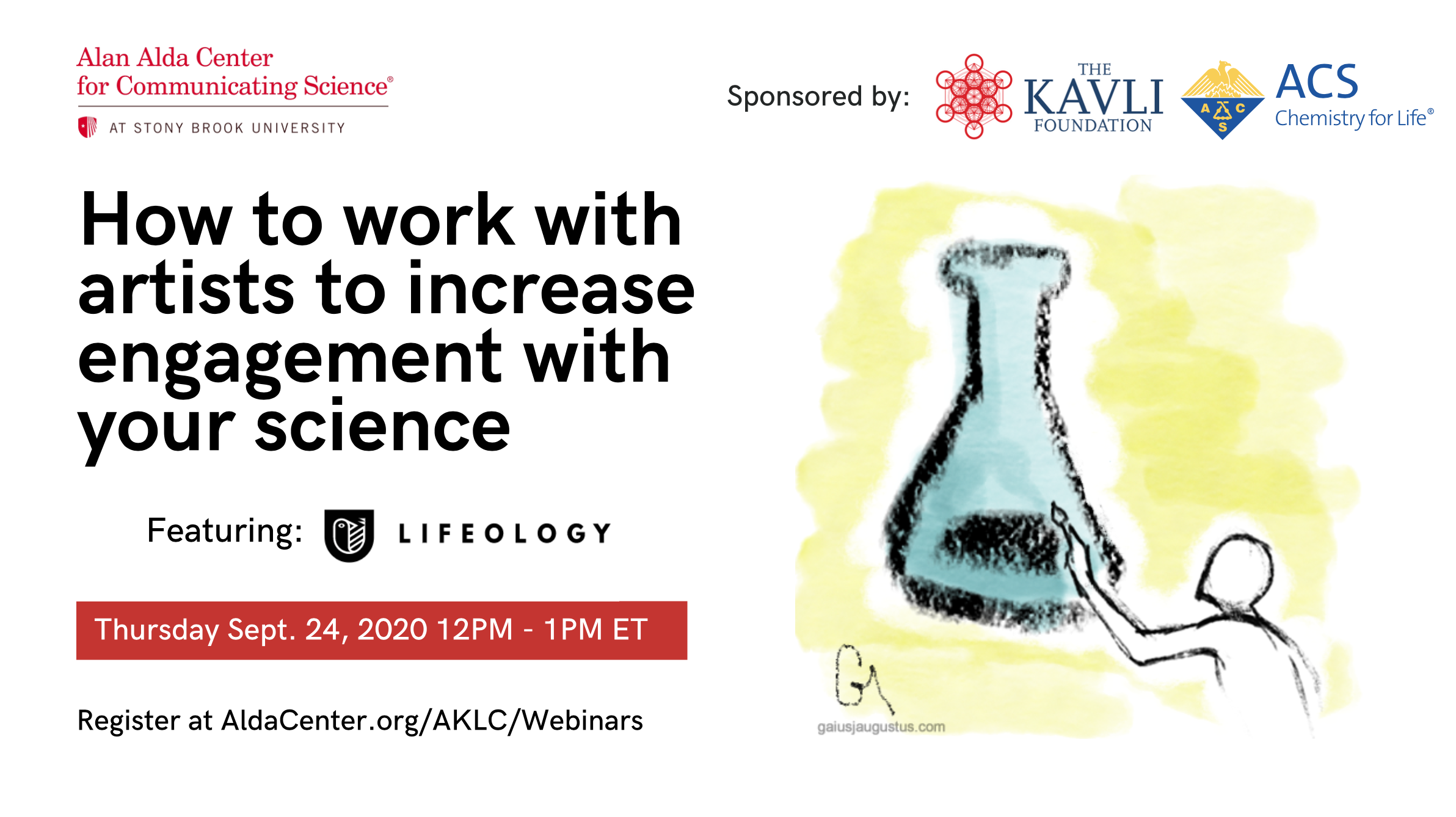
Working with Artists
Scientific understanding can be expanded by art in a variety of ways. Art can illustrate difficult concepts and processes, uncover new ways of thinking about an issue/topic, and inspire non-scientists to examine the beauty of science and research.
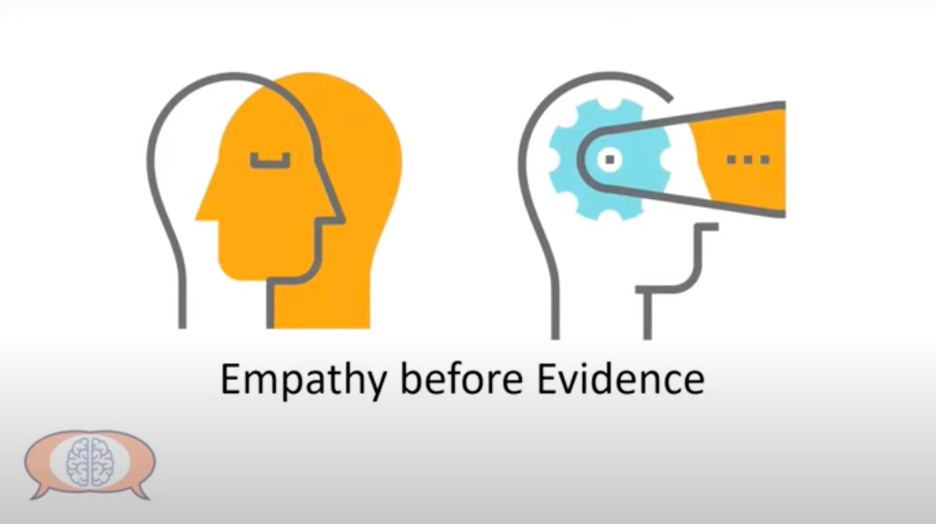
The ART of Connecting
Information doesn’t sell itself. That is the presenter’s job. Success in delivering a scientific presentation can be measured by how well the audience accepts, retains, and takes action on the information presented.

